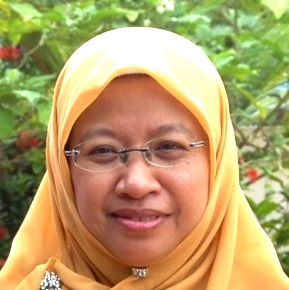
Zaharah Ibrahim
Universiti Teknologi Malaysia, Malaysia
Title: Beneficial microbes for the treatment of dyes contaminated wastewater
Biography
Biography: Zaharah Ibrahim
Abstract
The removal of colour, especially from coloured wastewater containing azo dyes has been a great challenge over the last decade and until now; there is no single and economically treatment method. A good example is the textile wastewater, classified as the most polluted industrial wastewater, may contain dyes, dye break down products, plant materials, organic solvents and detergents that are detrimental to the environment and pose health threats to the human population. To meet the regulatory compliance, the industries have to spend several million dollars in capital investment and hundreds of thousands of dollars in annual operating costs. As effective treatment plant is generally expensive and unaffordable, the application of beneficial microbes able to decolourise and transform coloured compounds into simpler and non-hazardous compounds is a good alternative and timely solution. The research challenge was to develop mixed culture of microorganisms capable of removing colour from dye containing effluents. Under the sequential facultative anaerobic-aerobic process, the selected mixed culture of bacteria which were later identified as Brevibacillus panacihumi strain ZBI, Lysinibacillus puciformis strain ZB2 and Enterococcus faecalis strain ZL when used for the treatment of real wastewater showed up to 80-90% of decolourisation followed by detection of smaller and readily degradable molecules for safe discharge of effluent. The wastewater was also analysed for its water quality parameters and ecotoxicity tests. Utilising this mixed culture of bacteria offers alternative GREEN solution to replace or complement the use of chemicals in conventional methods for treatment of coloured wastewater.
